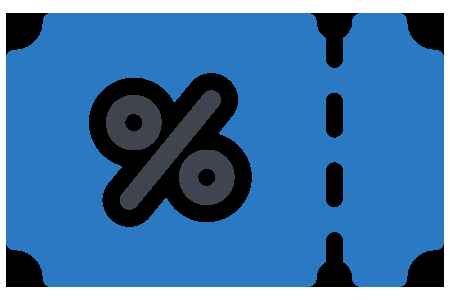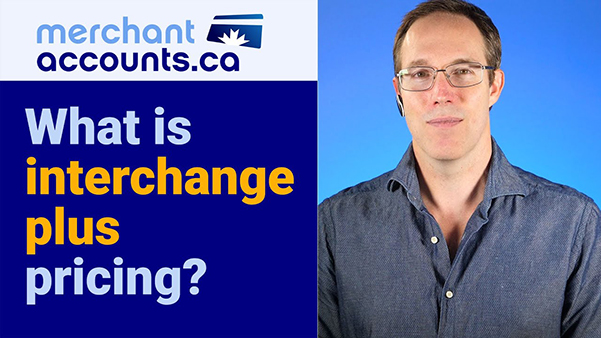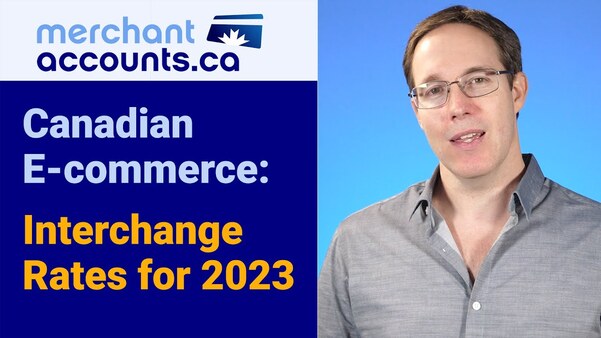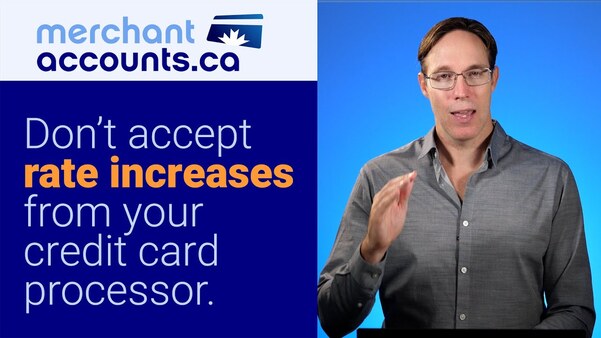June 12, 2013
by David Goodale
Understanding the Discount Rate in Credit Card Processing

What is a discount rate?
In a nutshell, a discount rate is a fee that is charged by your credit card processor based upon the total amount of the transaction size. For example if you have a 3% discount rate and you were to process a $100 transaction, you would have to pay $3.00 for the discount rate fee. (3% of $100 = $3.00)
What you need to know about discount rates (or it will cost you)
A longer and more in-depth explanation will help you to understand how discount rates fluctuate, and how merchants often end up paying more than they thought. Having this understanding can help you save money. To achieve that understanding you must first understand how the industry (and discount rate pricing) has evolved over time.
In the good old days it was common for merchant account providers to provide a flat and honest discount rate that did not fluctuate. You paid the exact same rate on every transaction. It was simple, easy to calculate, and you always knew exactly what you were going to pay every time you processed a credit card. For better, or worse (many would argue the latter), this is no longer true. The industry has evolved to adopt more complex pricing models. Most processors in today's payment environment have fluctuating discount rates. Before we get into the criteria that cause a discount rate to fluctuate (costing you more money), you should first have a basic understanding of the underlying cost structure set by Visa and MasterCard.
Behind the scenes, every time a credit card transaction is processed your merchant account provider must pay a fee back to Visa and MasterCard. This fee that is paid back to Visa and MasterCard is called "interchange". Every processor pays the exact same interchange cost on each transaction within the same region (Canada, USA, Europe, etc). It's important to note that Visa and MasterCard do not get to keep the interchange fee for themselves. The interchange fee for every single credit card transaction is actually sent back to the card issuing bank that provided the credit card to your customer. It is the card issuing bank that gets to keep the "interchange" portion of the transaction.
For the sake of clarity, there is another small fee attached to every transaction called the "card brand fee". This is the part of the credit card transaction that is kept by Visa and MasterCard. Card brand fees are very small: 0.08% Visa / 0.077% MasterCard.
You now have a basic understand that there are 3 parties involved that make money on every credit card transaction. First the card issuing bank (which gets the interchange), second Visa and MasterCard (which earns the card brand fee), and finally the credit card processor (which keeps everything above interchange and the card brand fee).
With this understanding well in hand we can get onto the main point: interchange, particularly in Canada, used to be simple to understand. It used to have a flat (non-fluctuating) cost to the processor on every transaction regardless of the type of card that was processed or the location of the cardholder.
If we fast forward to today things are very different. Over time the interchange fee structure has become more complex. Rewards and points cards provide tremendous benefits to cardholders, but the trade off is that the interchange rates for rewards and premium cards is higher. Thus, the discount rate that a credit card processor must charge for these types of cards has gone up out of necessity.
Visa and MasterCard have rolled out a plethora of premium cards with varying levels of rewards: 1% or 2% cash back incentives, free travel points, extended warranties, health insurance, concierge (and some very decidedly cool benefits like private cruises and or complimentary Ferrari track days if you get into the super ultra-premium cards). Rewards cards are in high demand because consumers like to be rewarded for buying things, especially things they were going to buy anyway. To support the growing number of rewards cards, the card brands created new tiers of interchange rates for premium cards.
This is where the discussion falls off of the rails, and is where some merchants unfortunately get taken advantage of. Although interchange is higher for rewards cards, in most cases it's not dramatically higher. For example, the actual cost difference between basic Visa card (with no benefits) and an infinite rewards card (at the time of writing this article - June 2013), is 0.20%. There is no argument that 0.20% is worthy of note (yes, it is more expensive), but certainly nothing that would drastically impact a typical business. The problem, and the reason you are likely reading this article, comes from the fact that some processors capitalize on a lack of understanding by the business community at large, and build programs with misleading pricing when it comes to discount rates. This occurs when a processor charges a much higher fee for rewards, corporate or foreign cards, even though the interchange cost has only gone up by a little bit.
Do you actually know how much you are paying?
A surprising fact is that most merchants don't have a clue in terms of what rate they are actually paying for their credit card processing. They know what their discount rate is, but put no thought into the rate they pay for rewards cards, corporate cards, foreign issued cards, or in a situation in which the card isn't physically present. Many folks fixate on getting a "low rate" but do not take the time to understand the pricing schedule of their merchant agreement. This lack of understanding often leads to merchant being taken advantage of and overcharged. (If you are currently accepting credit cards but have an inkling that you are being taken advantage of you should read this article: How to analyze your credit card processing statement.)
It's natural to want the lowest possible discount rate for your business. The problem is that many merchant account providers know merchants are mainly interested in "low" discount rates. With this knowledge they can come up with other ways (often less scrupulous ways) to make the margins they want, while still advertising low rates.
Summary
If you have come to this article seeking an understanding of what discount rates are and where they come from, hopefully it has managed to shed some light on the topic. We have identified what a discount rate is, and provided a basic understanding of the cost structure (interchange) from which a payment processor bases their pricing to merchants.
However, if you want to control your fate and know for certain what rate you will REALLY be charged, you should understand interchange. More importantly, you should understand the confusing pricing tactics that some less scrupulous processors employ when signing up less-knowledgable merchants.
We have an excellent (and popular) blog article titled "What is interchange, and why is it important?". If you came to this page hoping not just to learn what a discount rate is, but how to make sure you don't get caught with any unexpected pricing (and negotiate for your processing rates with knowledge and confidence) then you should read that article to brush up on your knowledge of interchange.
If you would like to speak with us to see if we can provide a better rate than what you are currently paying, then don't hesitate to fill out our quote request form.
Related Topics
September 16, 2022
Knowledge of credit card processing pricing models can save your business money. In this article we describe the Interchange Plus Pricing model for merchants. We'll compare it briefly to other models, state its advantages, disadvantages and give a practice example.
March 29, 2023
Why do some businesses get lower credit card processing costs than others? In this video David explores the criteria that cause some businesses to get lower rates than others and techniques that you can use to reduce your processing costs.
June 21, 2017
It is extremely frustrating for merchants to be notified of an increase to your credit card processing rate. In many cases, these increases may be unfair and add unnecessary additional expense to your business. Fortunately, there are protections in place that can help protect your business should this happen to you.
February 14, 2023
David breaks down the current interchange rates for e-commerce merchants in Canada for 2023. These figures were taken directly from the Visa and Mastercard Canada interchange tables. These interchange rates apply not just to e-commerce transactions but also virtual terminal and other card-not-present type transactions.
June 24, 2020
Visa and Mastercard charge a very small fee called a card brand fee (also sometimes called an assessment fee). We will explore these costs and explain when they are incurred. Learn more about Visa and Mastercard assessment fees.
September 22, 2023
Some payment processors have a 'standard practice' of raising credit card processing costs on merchants. This is dishonest and unethical. In this video David explains when rate increases are reasonable (which is very, very rarely), and how to fight back when it does occur.
October 10, 2023
Some merchants that use Shopify express frustration over the Shopify percentage based fees that are charged per transaction. In this video David explains why payment processors charge percentage based fees (because of interchange fees and chargeback risk), and why most shopping cart software providers charge a monthly fee, but don't charge percentage based fees. He also discusses some options that some merchants have used in an attempt to lower their Shopify processing costs.
December 08, 2023
How much are credit card processing fees in Canada? Use our interchange chart and fee calculator to determine your exact processing costs.
April 22, 2024
In this quick video, David explains the simple math to help you figure out what your discount rate will be per month.
Learn How To Lower Your Credit Card Processing Fees
If you haven't reviewed your processing costs in a while take a moment to view our rates.
View Rates











